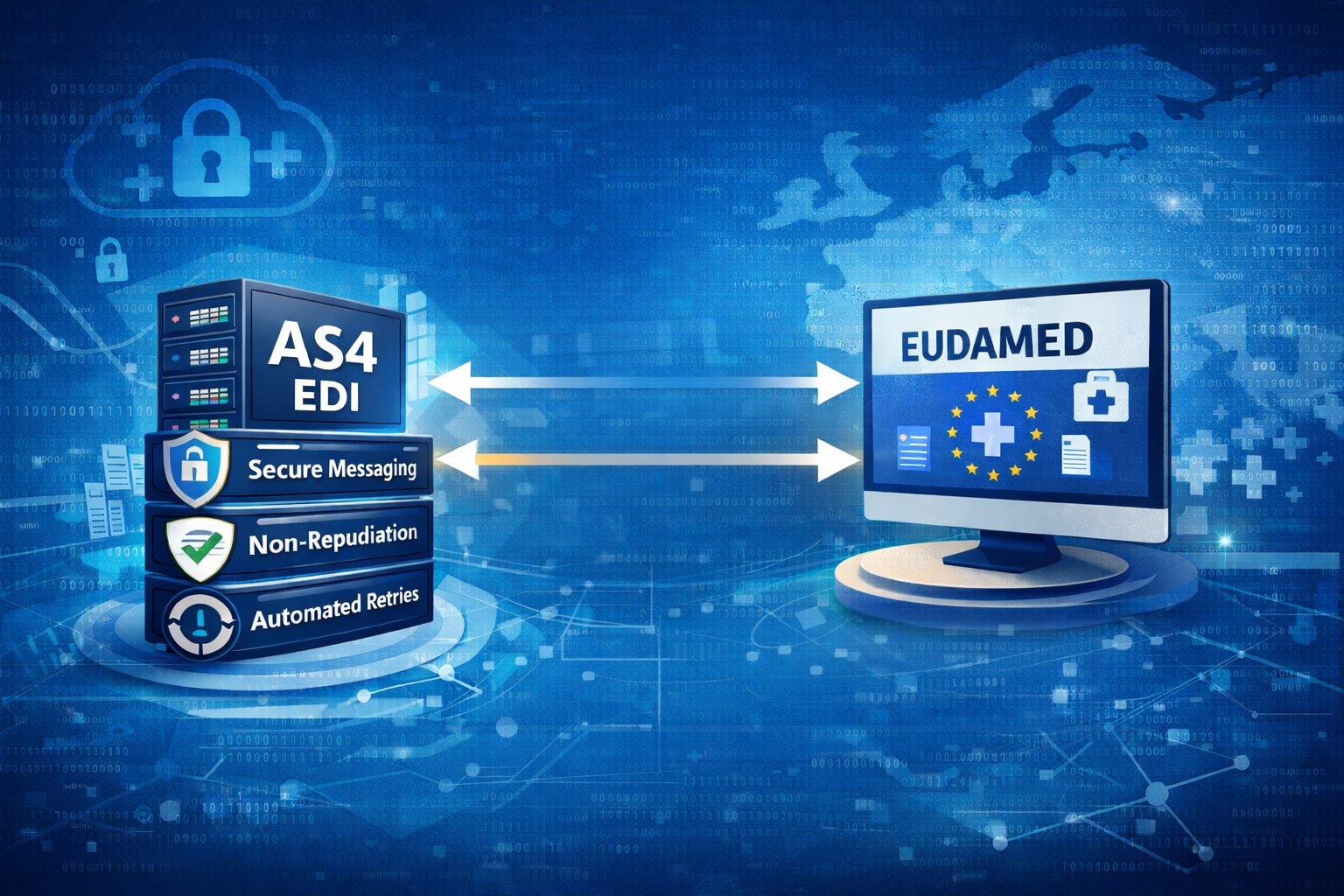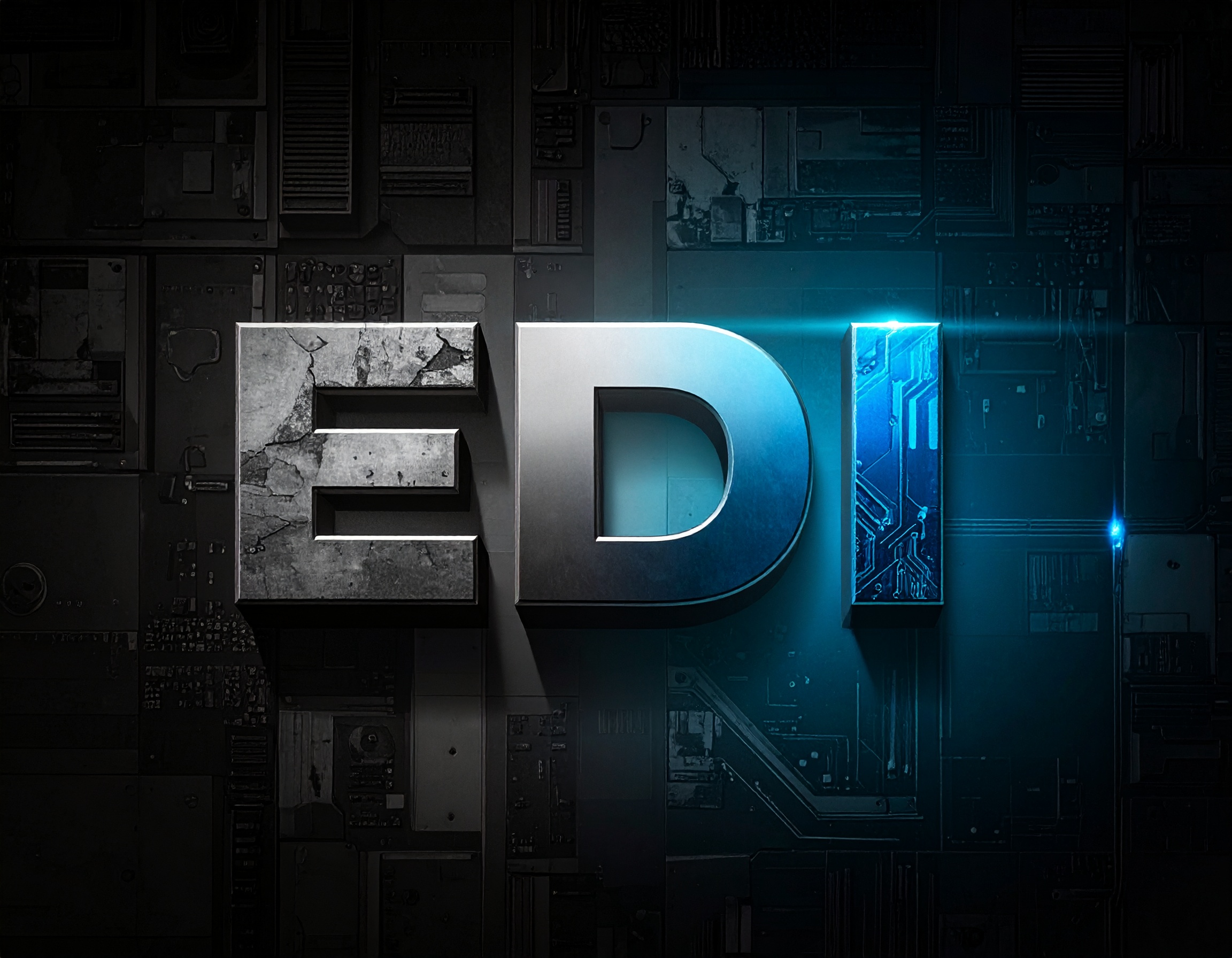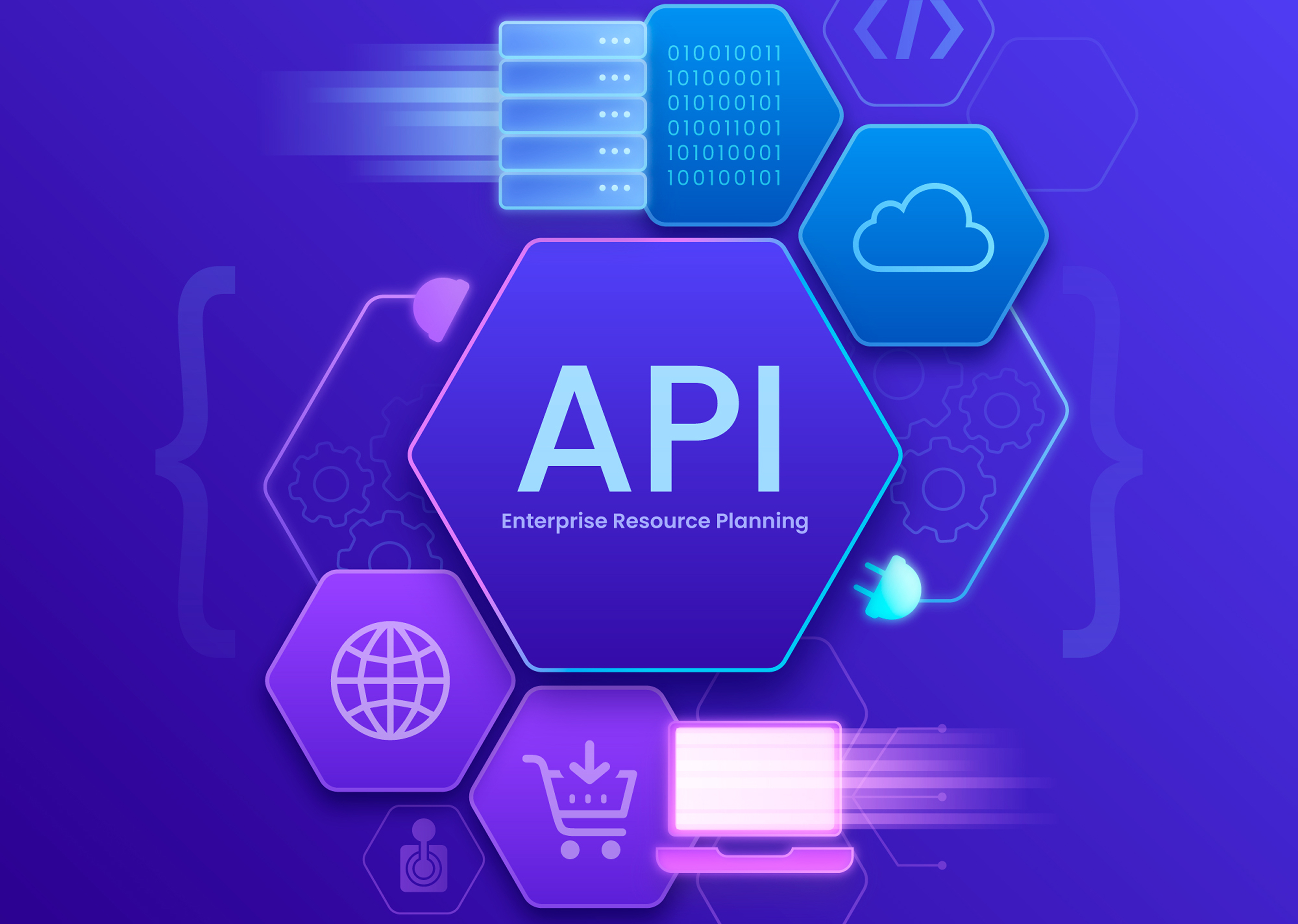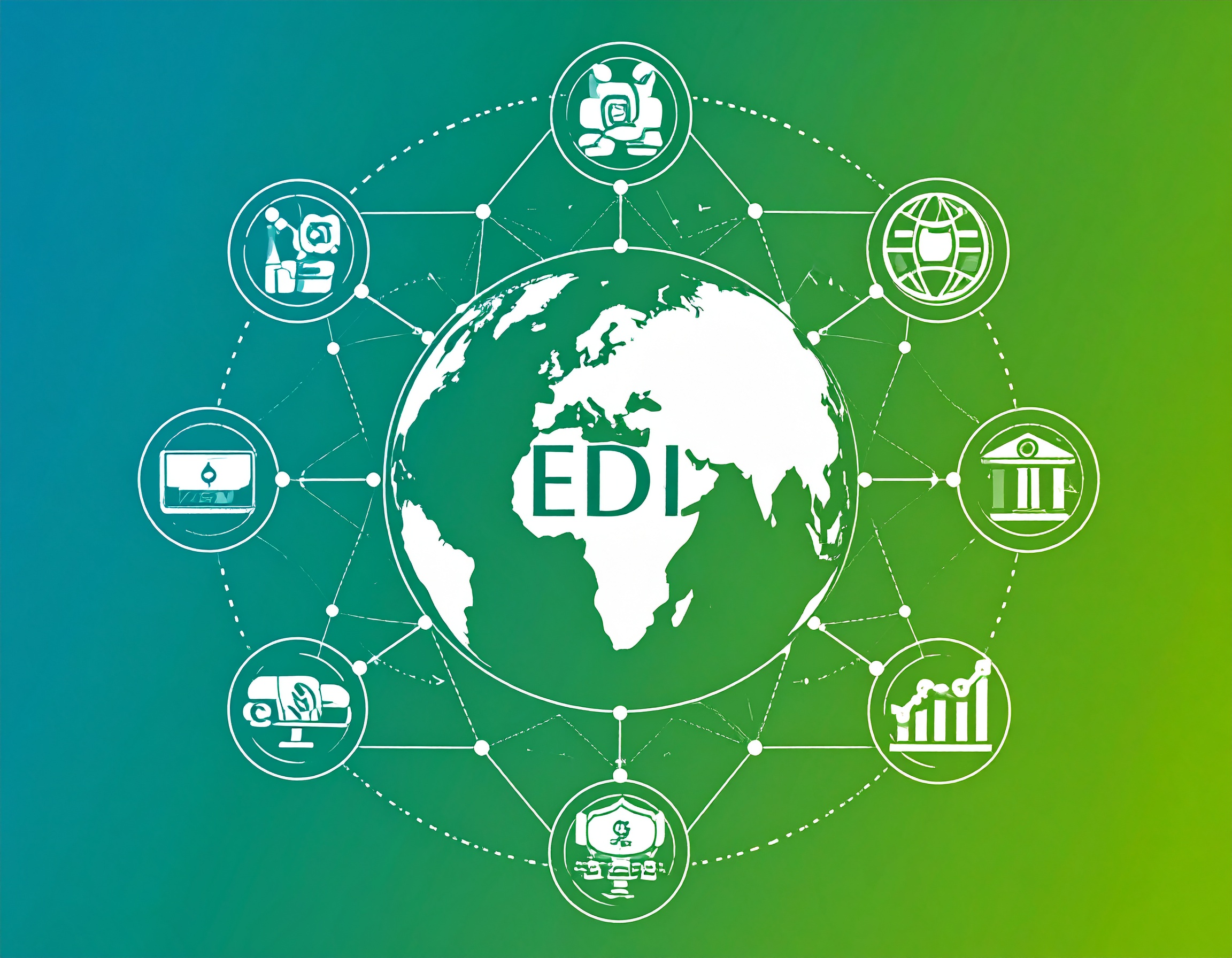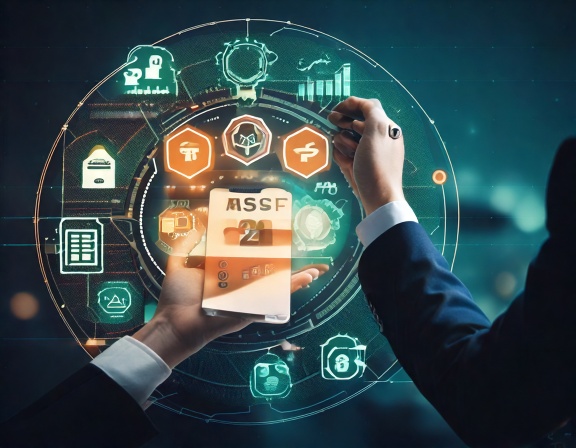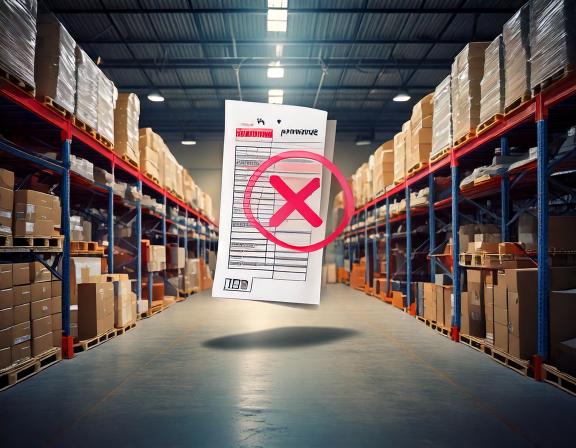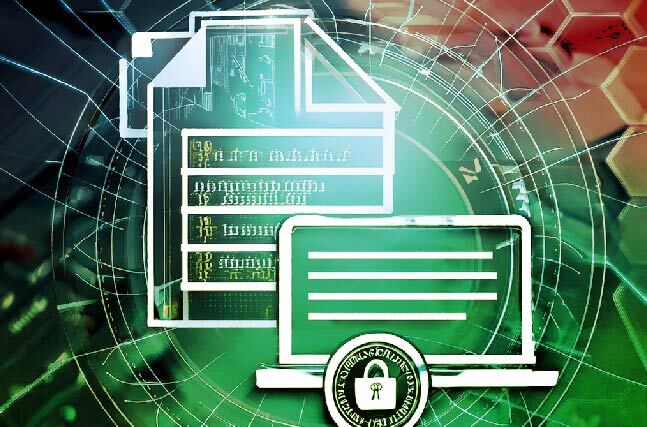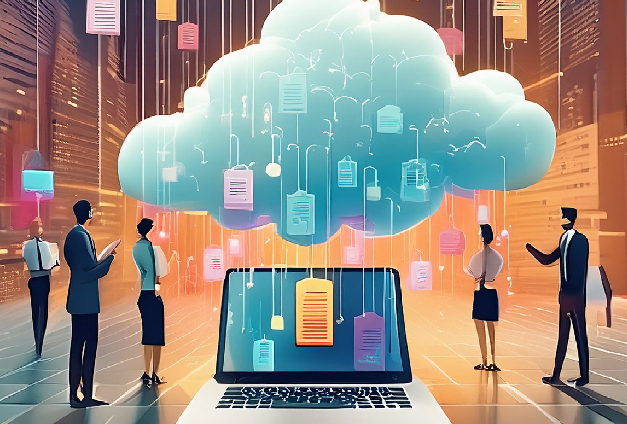MFT Gateway is a hosted Software as a Service (SaaS) solution that enables file exchange over the AS2 or SFTP protocol, without the need to install or maintain.
- Blog
- EDI in B2B e-commerce
EDI
EDI in B2B e-commerce
B2B e-commerce(business-to-business electronic commerce) is the sale of products or services between one business with another business via an online portal

Kumudika Rupasinghe
Published: 25 Feb 2022

Digital transformation is rapidly emerging and due to COVID-19, it’s rising exponentially. Because of the fast-changing market conditions and demands, the potential to create new revenue streams and the ability to gain a competitive advantage, e-commerce has become a strategic movement in B2B enterprises. Before moving forward, let’s look into B2B e-commerce.
What is B2B e-commerce?
B2B e-commerce(business-to-business electronic commerce) is the sale of products or services between one business with another business via an online portal. Here, sales orders are received digitally, increasing the efficiency and effectiveness of a company’s sales performance and reducing operating expenses. Because of the supply chain disruption that occurred due to the COVID-19 pandemic, buyers and sellers transformed from conventional trading to digital platforms for corporate-level purchases and due to that B2B e-commerce sales accelerated significantly. To increase the efficiency and effectiveness of B2B e-commerce, organizations focus on B2B integrations.
What is B2B integration?
B2B integration is the automation and optimization of business processes, communication and connectivity between business entities. B2B integration increases the effectiveness of trading activities between each actor of the supply chain and reduces the errors of time-consuming manual processes with the automation of key business processes. Organizations will be able to sustain the relationship with their customers and partners by providing efficient service. To facilitate that, organizations need to maintain a successful business network. That is when they feel the necessity of B2B integration solutions.
What is a B2B integration software?
B2B integration software facilitates the routing of business information among business entities of the organization by integrating complex B2B processes through a single platform.

The platform collects data from source applications, translates the data into standardized formats and then sends the trading documents to the business partner using the appropriate transport protocols such as HTTP/HTTPS, SCP, FTP, SFTP and AS2. When it comes to translating data into standardized formats, one such widely used method is EDI(Electronic Data Interchange), which has been used since the 1960s to exchange information
What is the relationship between EDI and B2B integration?
EDI is a method of electronically communicating business information such as purchase orders, invoices and shipment notices. Among the other standardized formats such as cXML, ebXML, HL7 and FHIR, EDI is the preferred method of B2B integration for most enterprise-level businesses. EDI converts traditional paper-based business documents into a standardized format facilitating the automated ordering process of B2B integration and improving efficiency in business transactions between organizations.
EDI in B2B e-commerce
According to the 2020 B2B Ecommerce Market Report of Digital Commerce 360, in 2019 EDI accounted for 78.4% ($7.00 trillion) of all B2B electronic sales , making it is the most widely used B2B transaction method. Having EDI in B2B e-commerce, organizations will be able to improve business cycle speed, lower operating costs, reduce human error, increase business efficiency, which finally leads to an increase in customer satisfaction.
Did you know?
In 2003, Wal-Mart mandated the requirement of its suppliers to send and receive EDI data via the Web. Wal-Mart also requires Internet EDI software that meets Applicability Statement 2 requirements.
Even though as a concept EDI is older than 60years, with the growing market in B2B e-commerce, it still has a big role to play in exchanging sensitive information between businesses. EDI has evolved with time matching new requirements in b2b technologies. You can find platforms that let you handle EDI as simple as handling your email inbox.
👉 Send and Receive EDI just as emails. Learn More about EDIGenerator

Talk to an EDI Expert
Join hundreds of organizations already taking full control of their B2B AS2 communications with our trusted solutions. Contact us today to tailor a solution that fits your specific AS2 EDI needs.
Related Articles
View All BlogsExplore our product stack
Try before you buy with a 30-day Free Trial
No commitment, all value. Try the AS2 Solution Risk-Free and discover how our solutions can transform your business workflows. No credit card required.
Explore Your Possibilities
Elevate AS2 Communications with our EDI and AS2 Solutions
See how our AS2 and EDI solutions can simplify your integrations, boost efficiency, and keep you compliant—request a personalized demo today.

